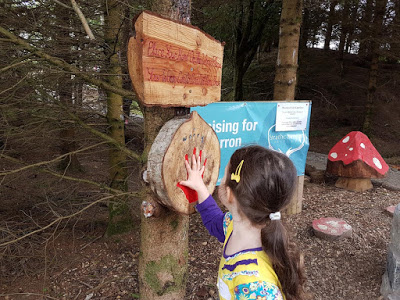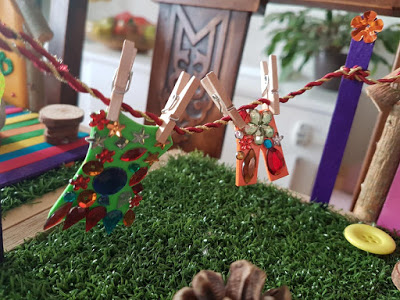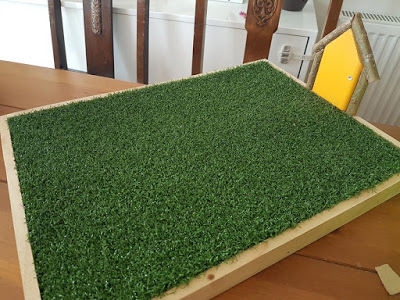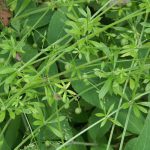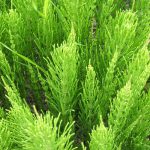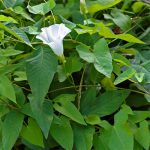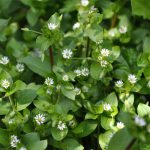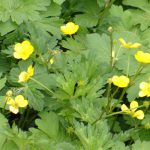Creeping Buttercup
Ranunculus repens
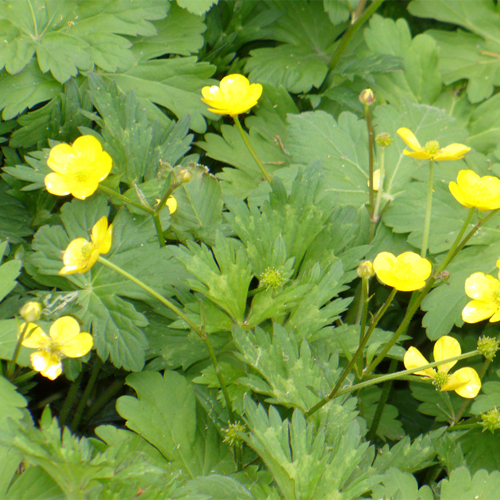
Creeping buttercup is a common perennial weed with low-lying foliage that forms mats. Its instantly recognisable glossy yellow flowers appear from May to September. Creeping buttercup prefers damp conditions but will grow nearly anywhere in the garden, from beds and borders to lawns without much of a care. Although you might not see it flower in regularly mown lawns, you can identify creeping buttercup easily enough by its three-lobed serrated leaves. Creeping buttercup can be distinguished from the other buttercups by the spreading way it grows with runners.
Leaves
Leaves are dark green with light patches and are divided into three toothed leaflets, the central leaflet on a stalk
Pale patches on the leaves distinguish creeping buttercup from similar looking plants such as hardy geraniums. The leaves and stems are somewhat hairy.
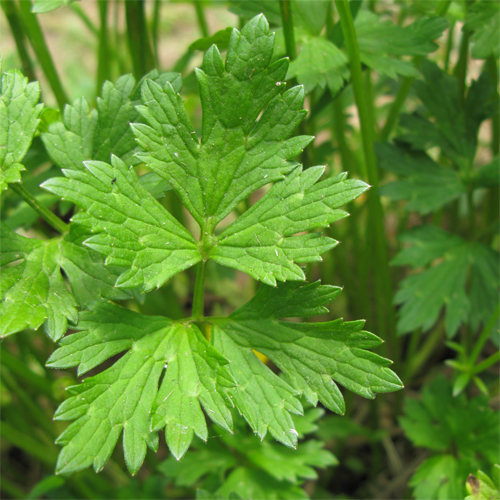
Flowers
The classic glossy-yellow flowers of creeping buttercup are not unattractive from May to September.
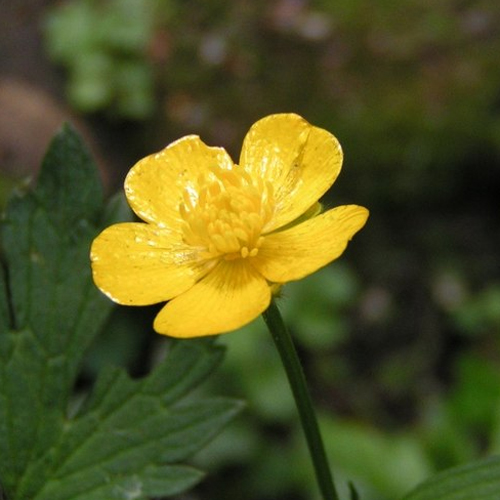
Preferred Habitat
Creeping Buttercup is the common buttercup found in grassland, damp places, along woodland and field edges, and in parks and gardens. It flowers mainly between May and August and long, rooting runners help it to spread across lawns.
Weed Control
For both exposed soil and lawns, the first approach to controlling creeping buttercup should be removing it by hand. Use a hand fork to lift up the roots and pull it carefully from the ground, making sure you remove every scrap of the stems and roots. Leave any behind and you run the risk of them growing back.
You may eventually need to resort to chemical controls. For grassy areas try a lawn weedkiller. They are selective herbicides and will target broad-leaved weeds like creeping buttercup without harming the grass itself. In borders you can use a non-selective herbicide but make sure you don’t get any on your other plants.
Not Just a Weed
This golden-cupped flower is a childhood favourite: if a yellow reflection appears when held up to the chin, it is considered as a sign that the person likes butter.
All parts of a buttercup are poisonous for cattle and humans.
